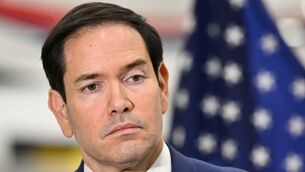How the US election system works
The people of the United States will vote for their next president today, but that is just the start of a complex procedure which ends with the official swearing-in ceremony in January.
After Americans have made their choice on polling day, the votes are counted in each individual state to see which candidate has the most.














